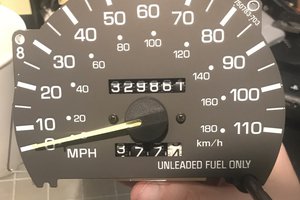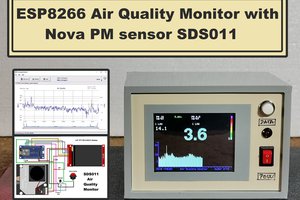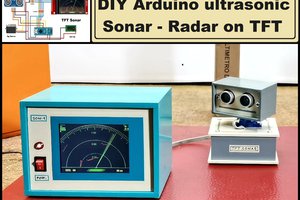The sound sensor is calibrated to have a normal reading of 49dB as it resonates the amount of decibels of a normal room with a fan switched.
The first step was to check if all my components were working. So I connected my sound sensor to my Arduino UNO board and wrote a small code to give an analog reading of the output the sound sensor picked up. It gave a proper reading. The next component to test was the OLED display. I made the necessary connections and uploaded the 'Hello World' code. Unfortunately, the result was that I got scammed as the display was not functional. So I ordered a new one and thankfully this worked fine.
Now that all the components were functioning, it was time to go ahead with the project. I made all the necessary connections and uploaded a code to read the signal picked up by the sound sensor and show the output on the OLED display and it worked properly.
The next step was to make the box that would contain all these components. I made a CAD drawing of the box I wanted and got it made with MDF. After the box was made, I fit in all the components and closed the box.
I now use this every time I'm at the laptop whether it be playing games or attending class or anything.
 Ryan Fernandez
Ryan Fernandez
 ROFLhoff
ROFLhoff
 mircemk
mircemk
 Alex Hunt
Alex Hunt